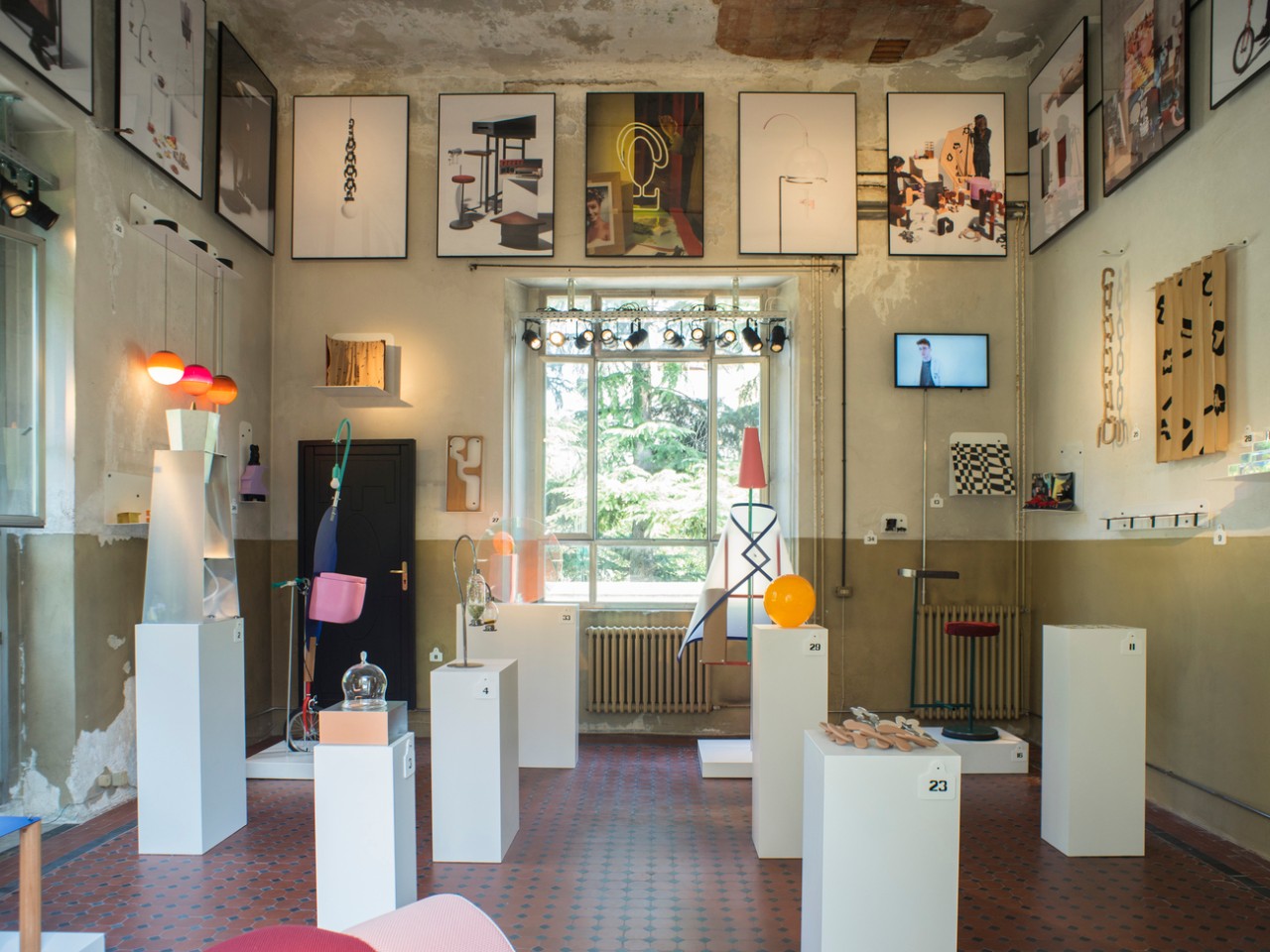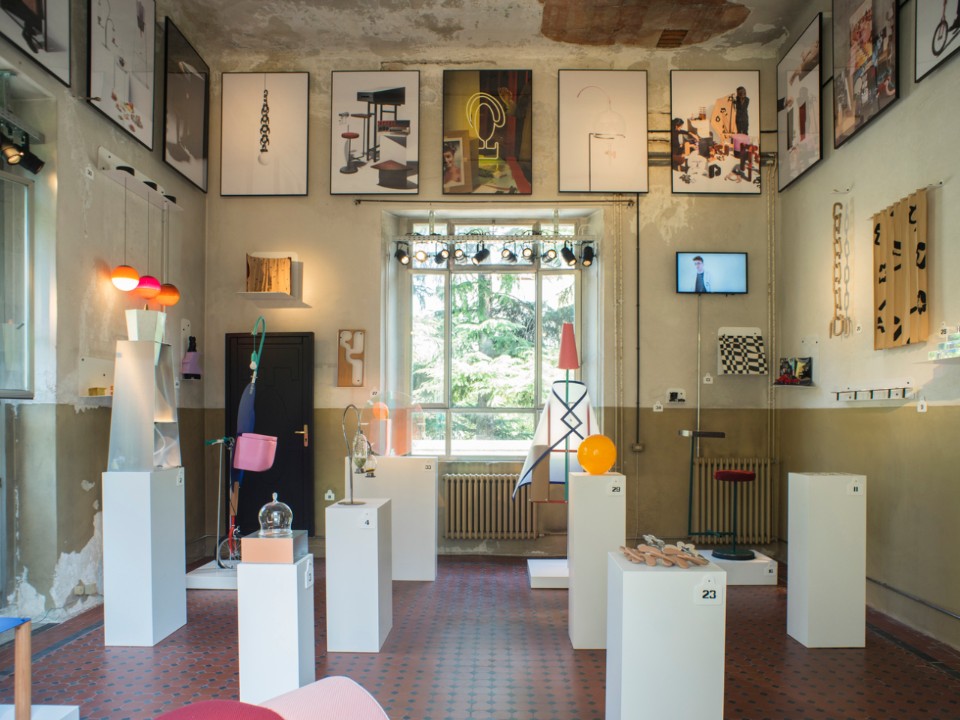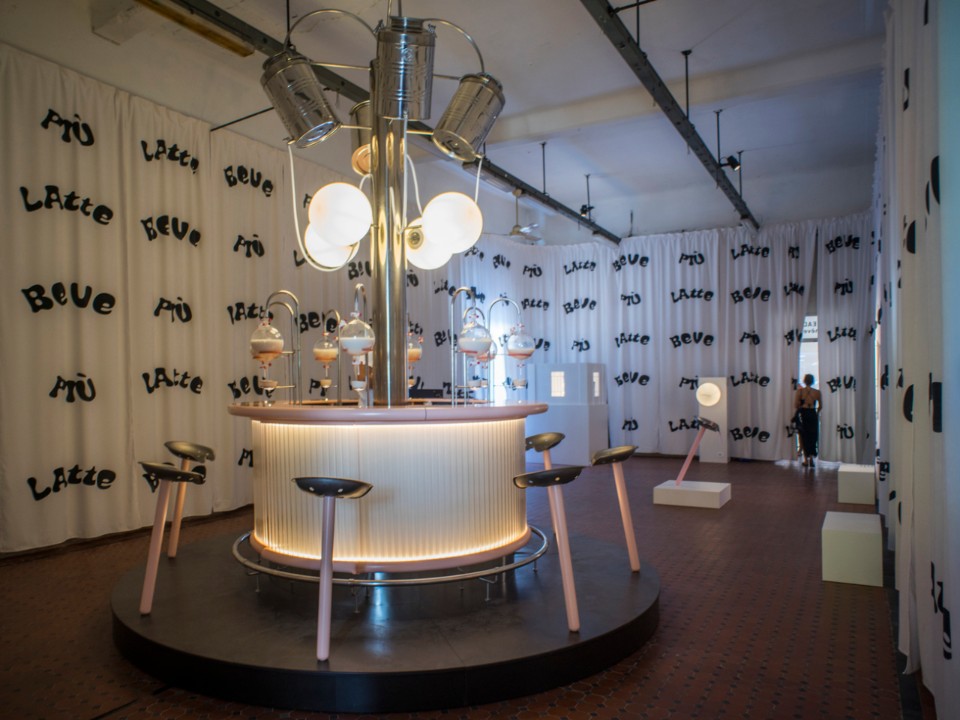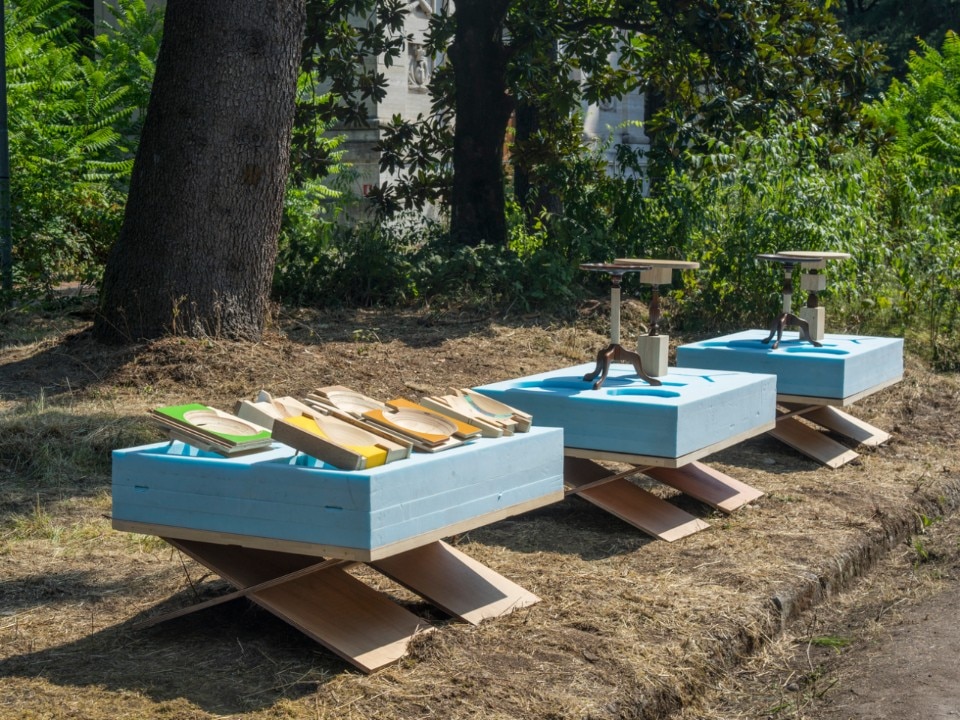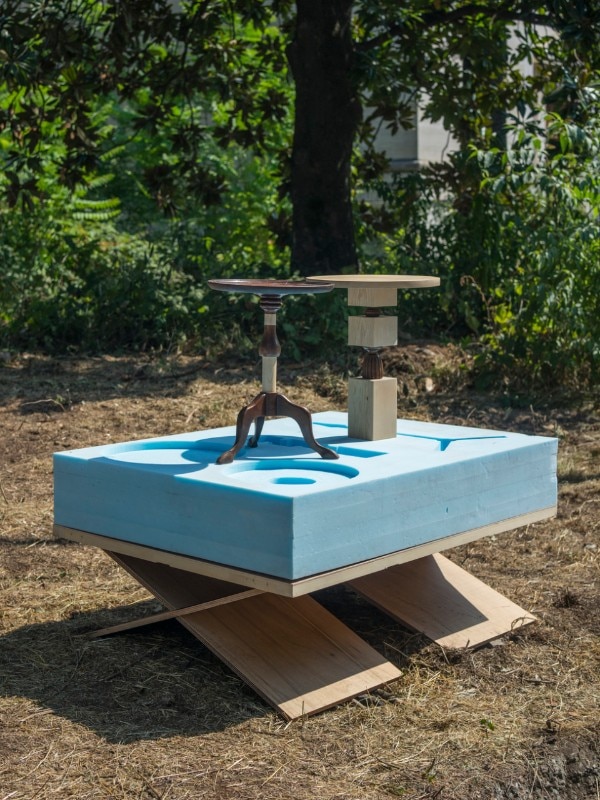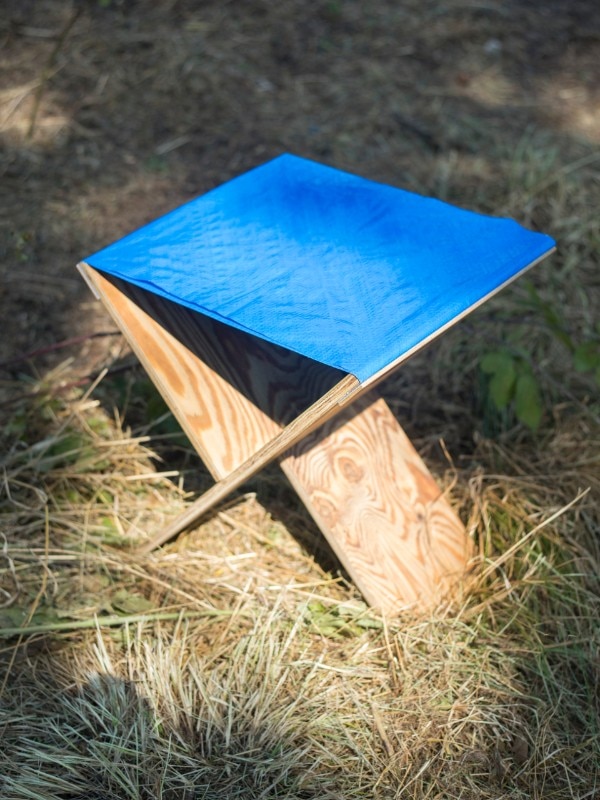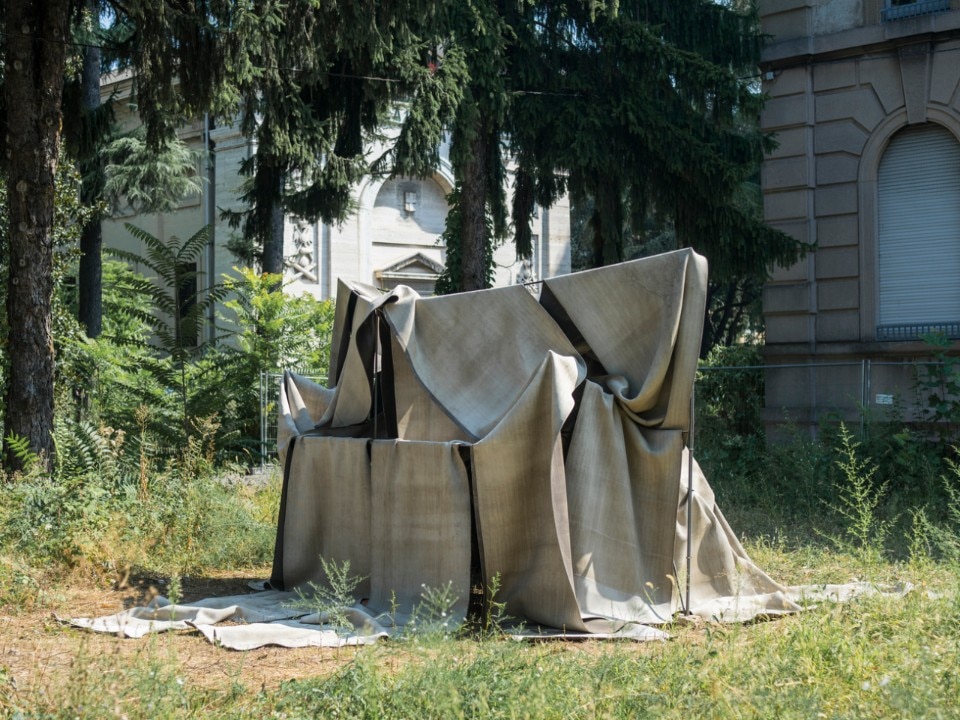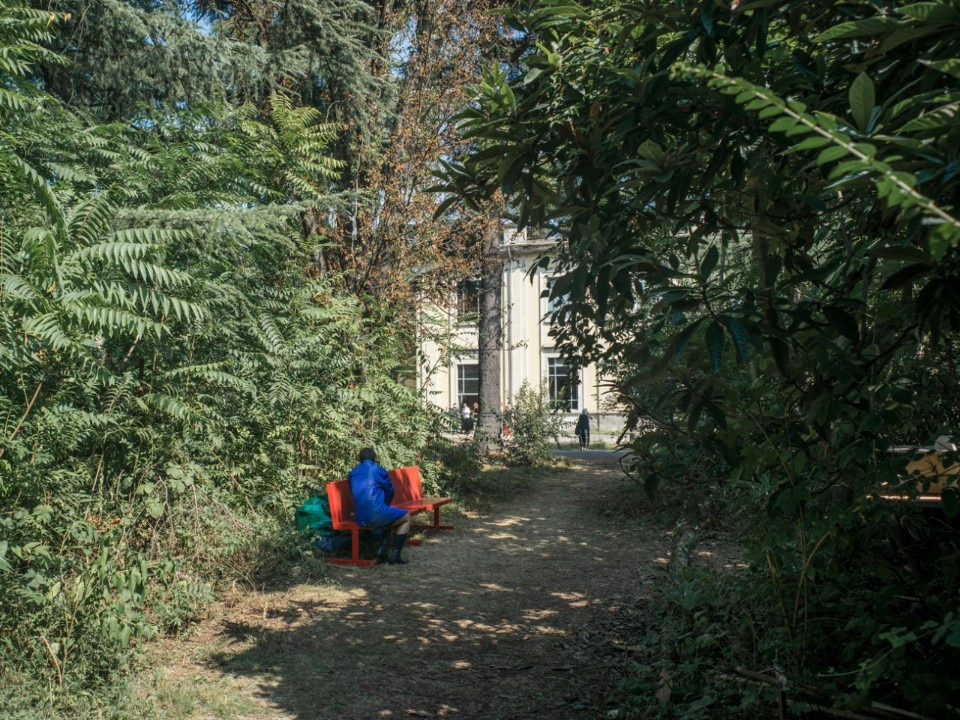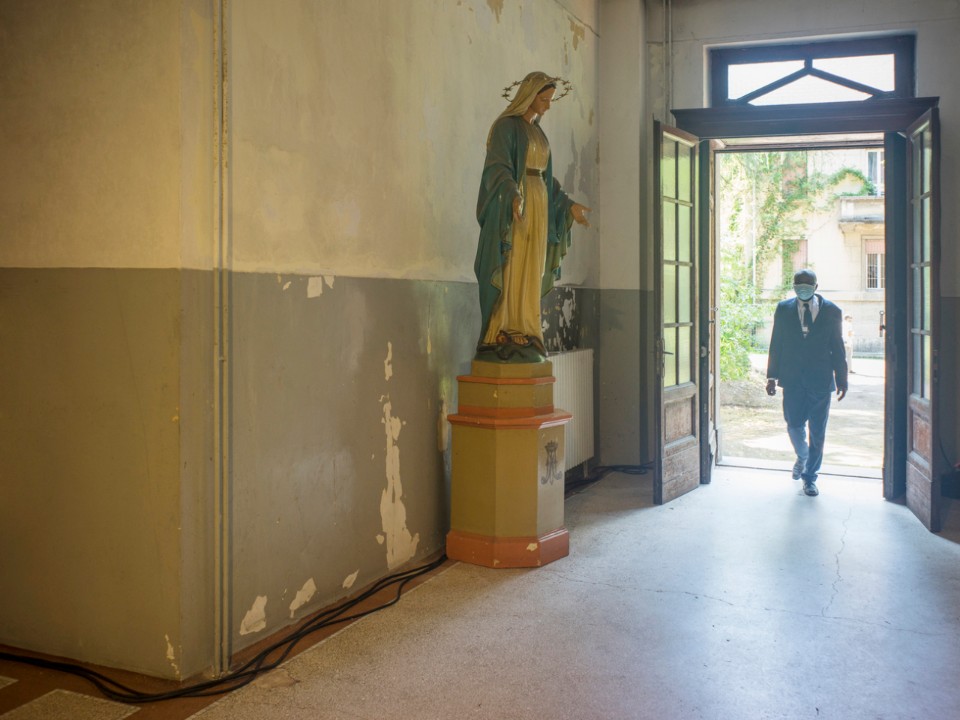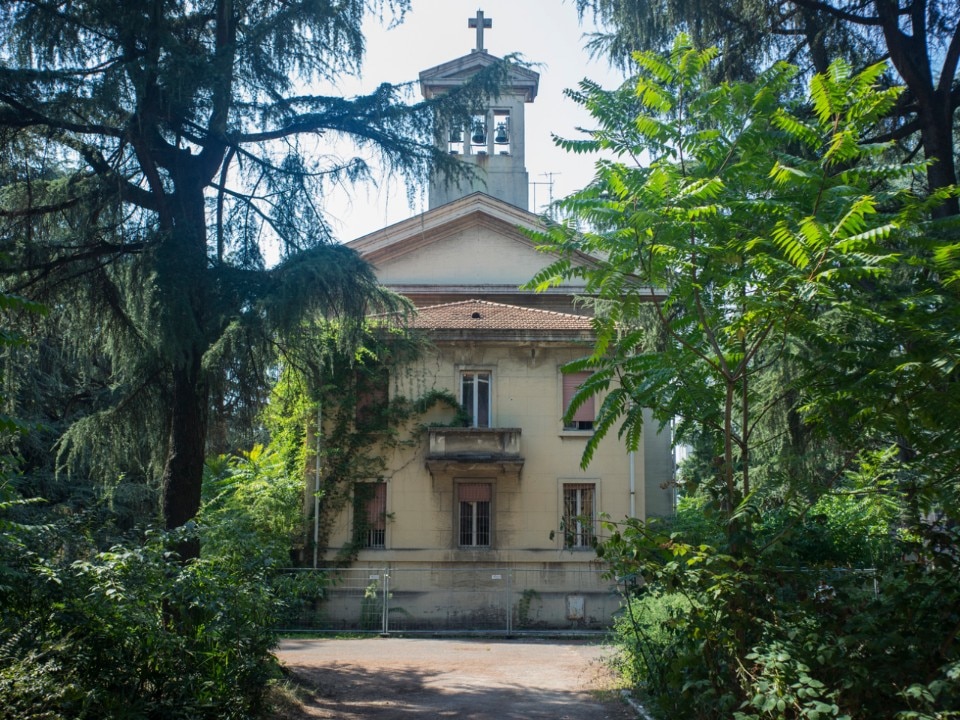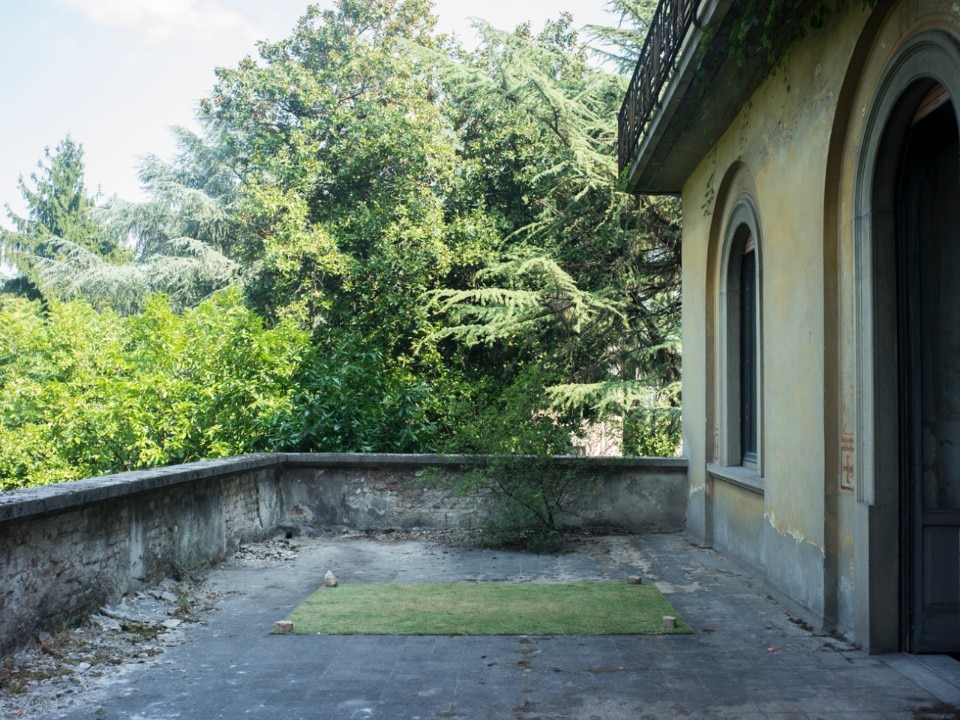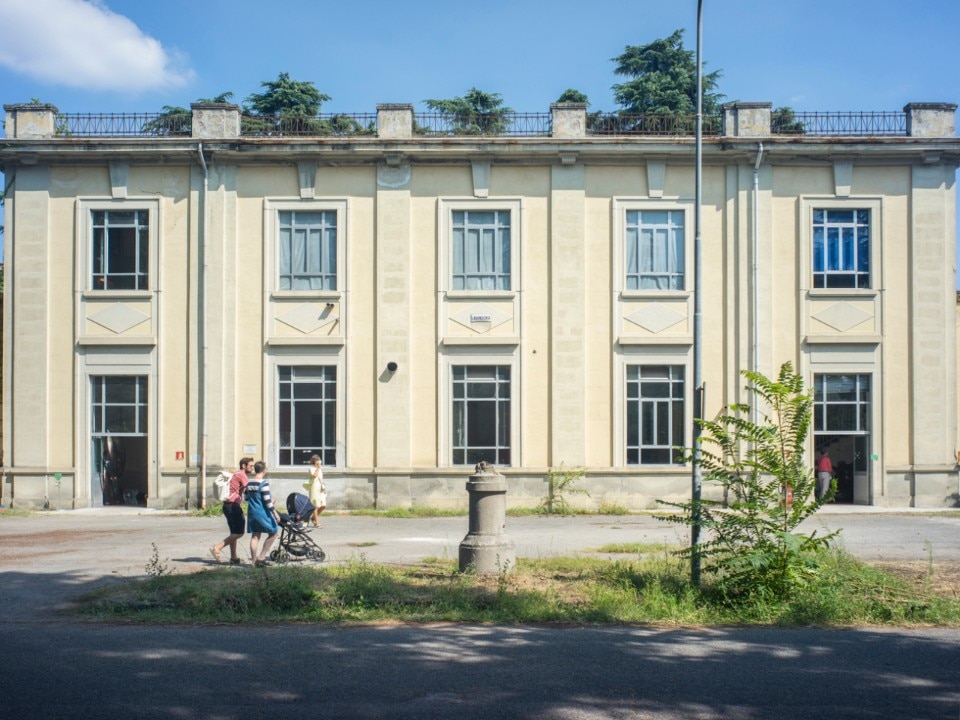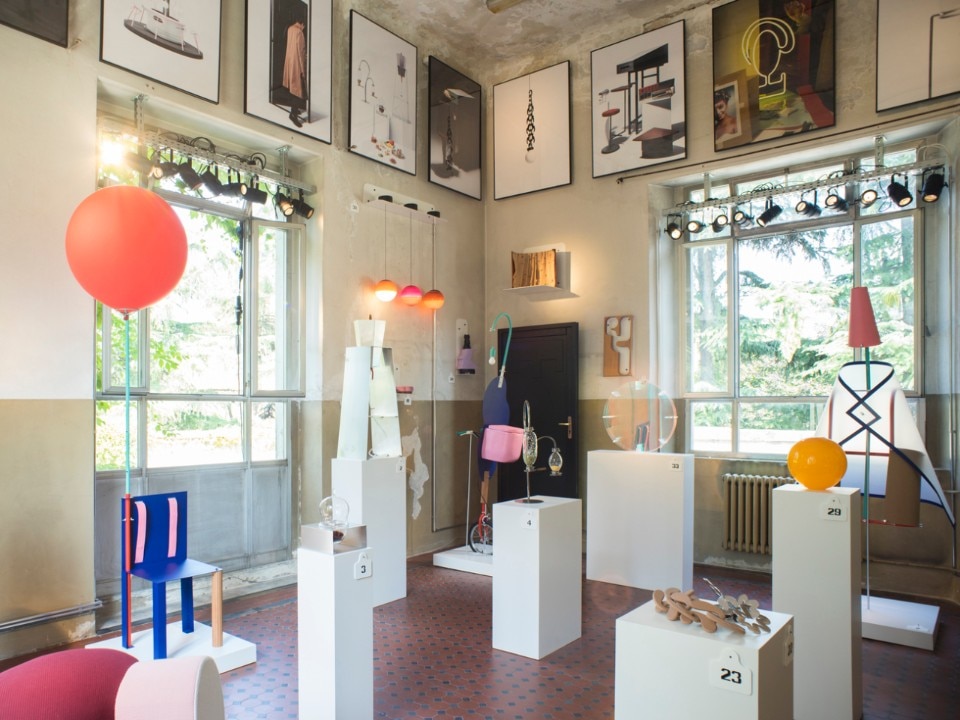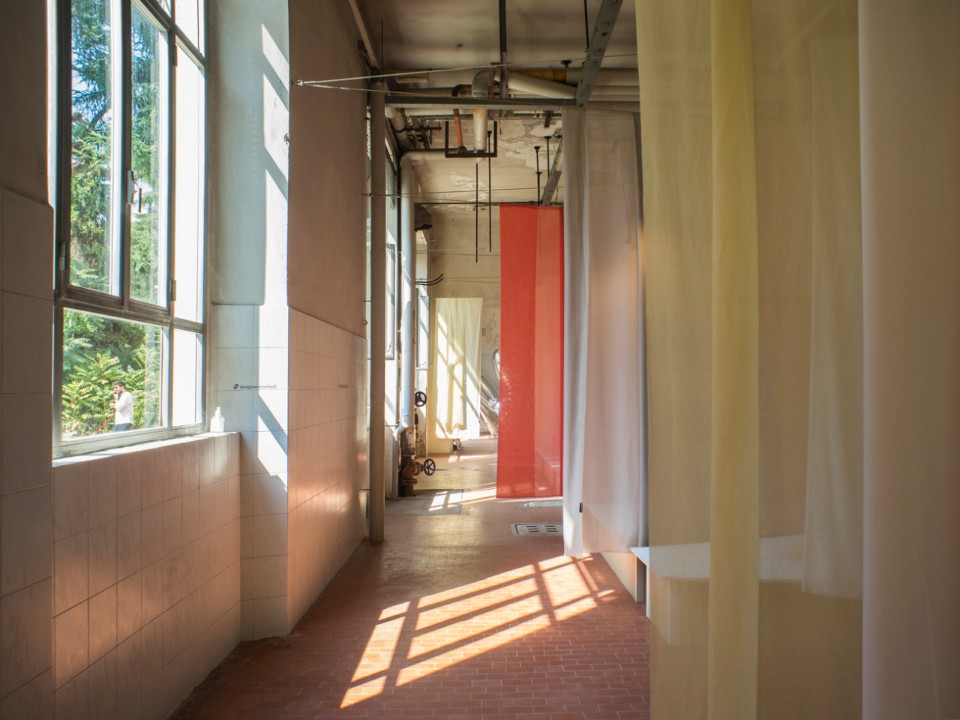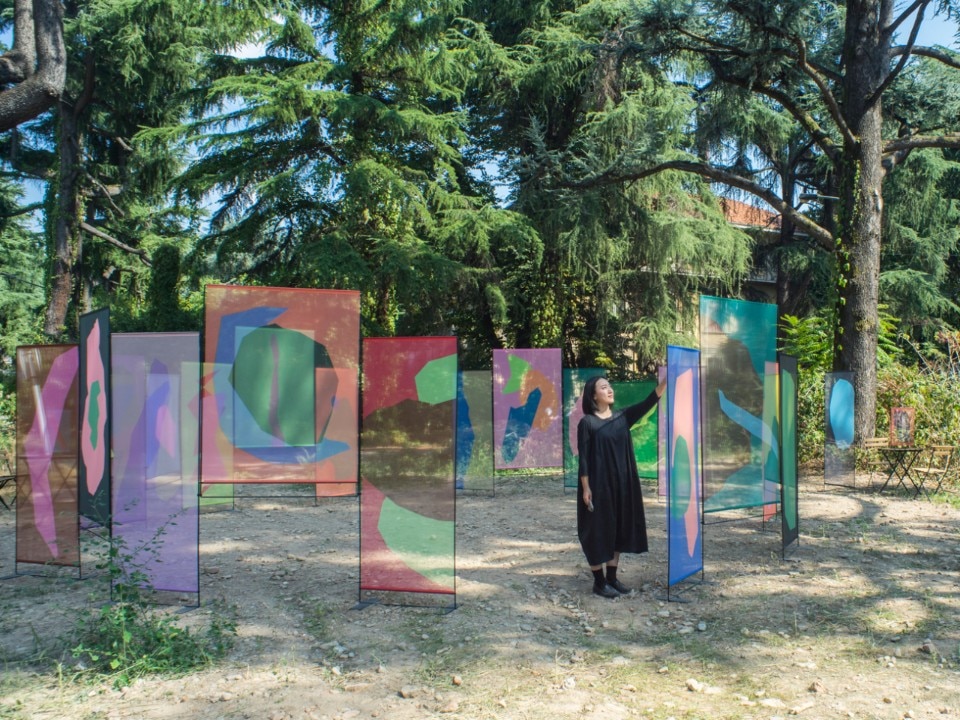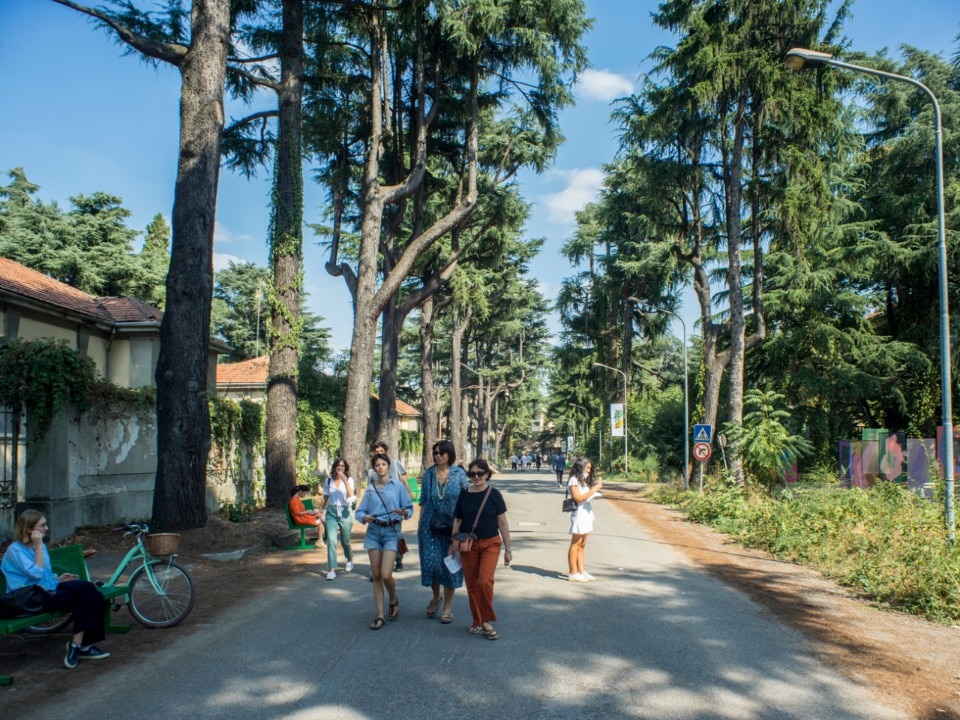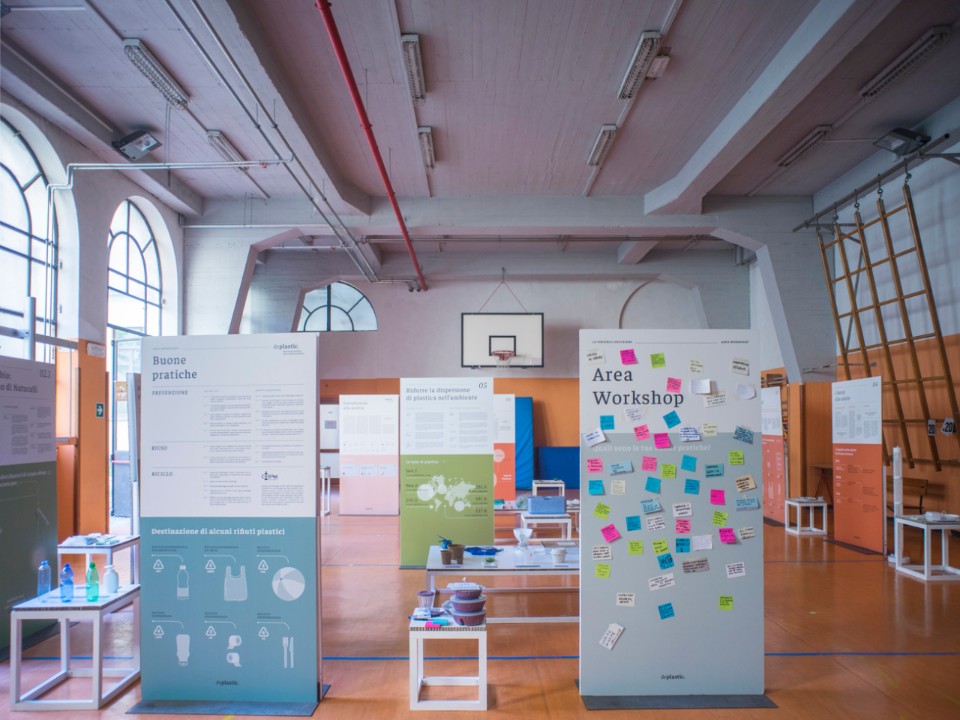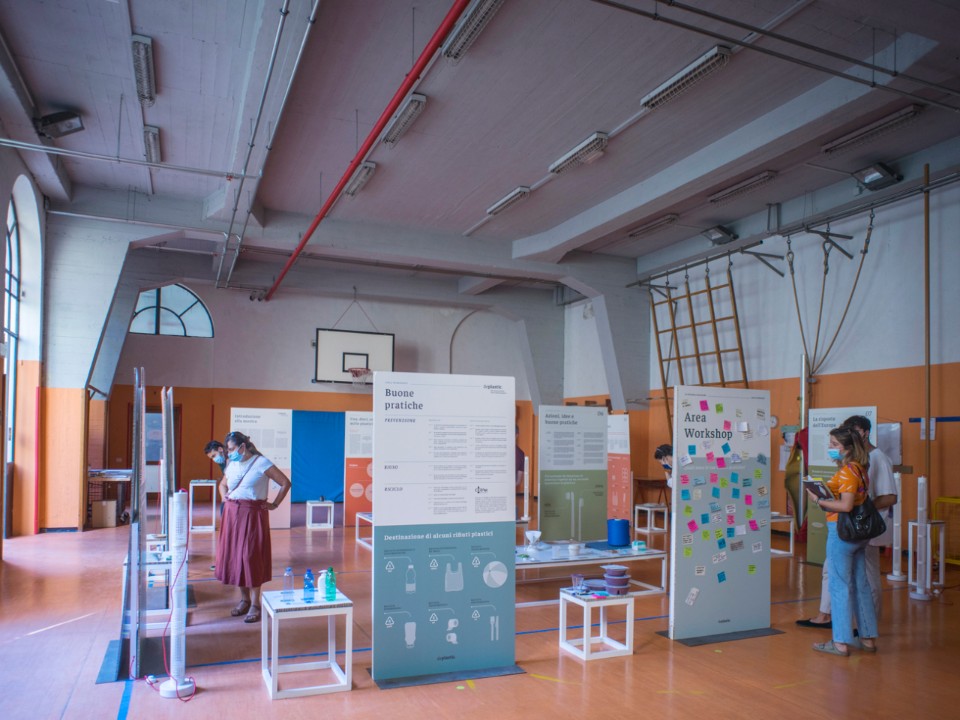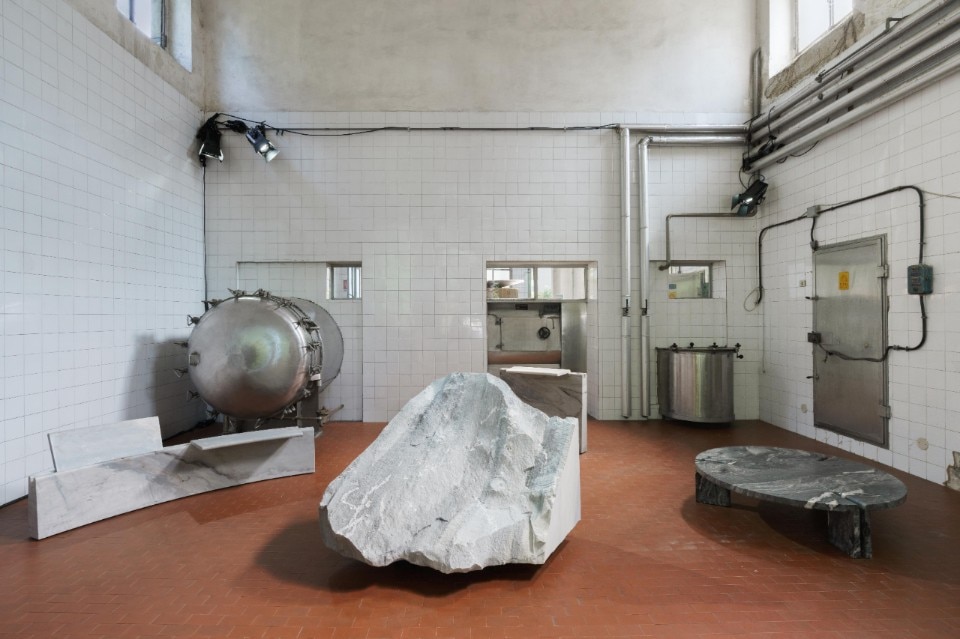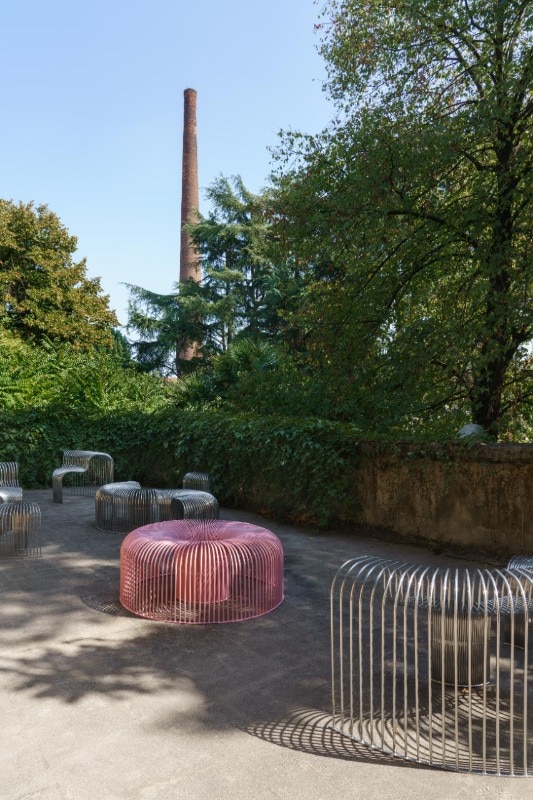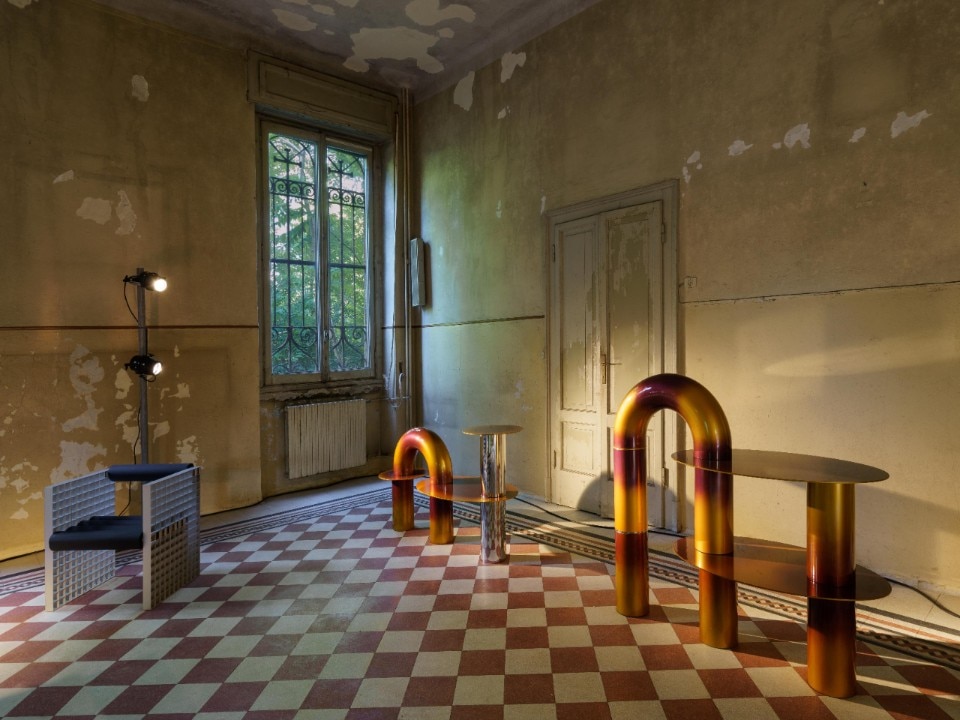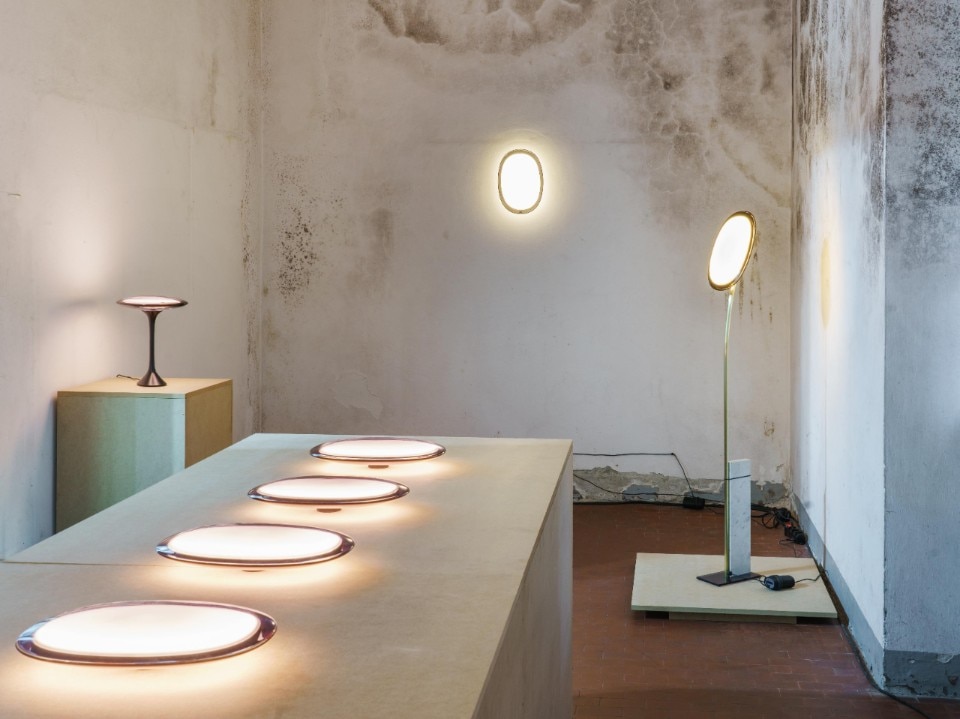For some years now, Alcova has accustomed us to intelligent exhibitions that preserve the experimental soul of the Salone del Mobile and we can safely say that it is the unmissable event of this FuoriSalone. As well as helping us discover emerging talents and new ideas in the world of design, it also fulfils a civic task by helping us rediscover hidden, suburban areas in Milan. The edition of Alcova 2021 represents the mature stage of a path started in 2018, when the founders – Joseph Grima with Space Caviar and Valentina Ciuffi with Studio Vedèt – saw in a semi-abandoned industrial space in Via Popoli Uniti 11 in Nolo, all covered in greenery, the ideal place to welcome those ‘pure’ creatives that were really doing something concrete to change the world.
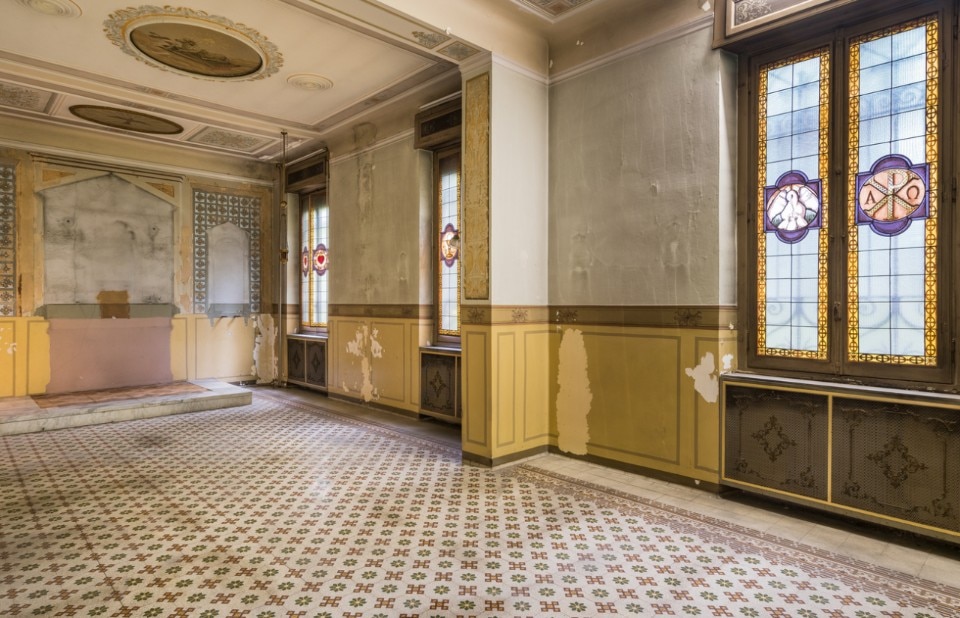
“Even before COVID-19 we felt the need for a bigger space with more outdoor areas. We looked at ten others before choosing this one. It turned out to be prophetic, given what happened with the coronavirus,” Valentina Ciuffi says in front of an abandoned building from the 1920s, completely covered in creepers. The place is the former Military Hospital of Baggio, and for those who, like me, grew up near there, looking at that entire block between Via Forze Armate and Via Simone Saint Bon as a mysterious fortress lush with plants and fenced off by an impassable wall with the sign “Military Zone, no entry”, being able to finally enter was a real gift. The exhibition is spread over three historic buildings surrounded by a park that once housed the house of the sisters, the chapel and the laundry: an idea of a widespread, holistic hospital that we would consider on the cutting edge today. The exhibition area covers a total of 3,500 square metres, indoors and outdoors, with the best installations inside the buildings. On the outside, the works seem to emerge casually, as if they had always been there.
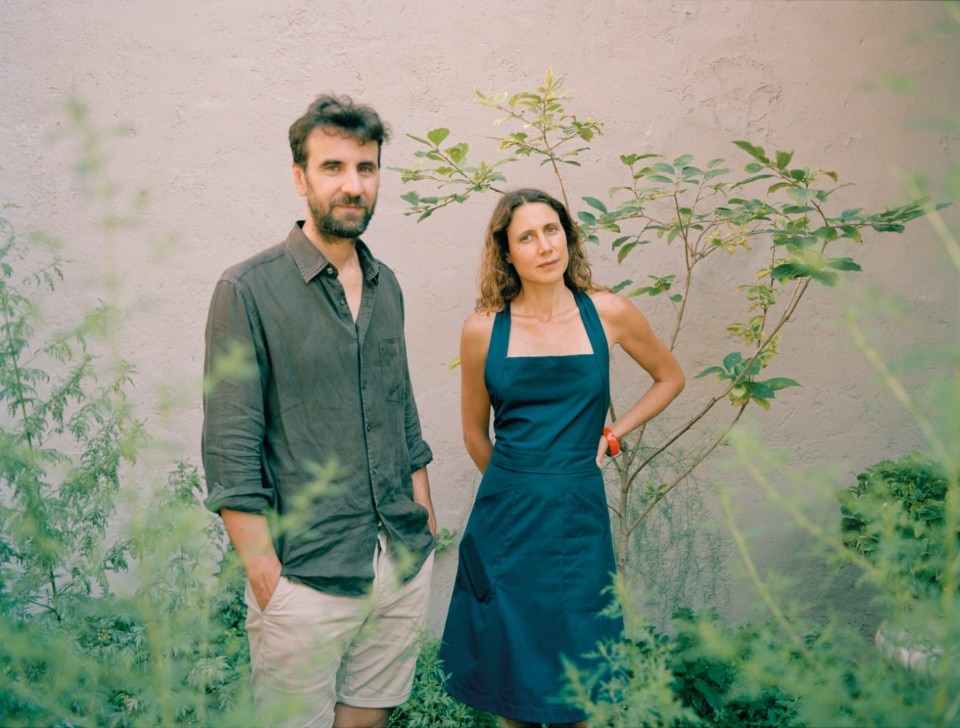
Garden
Among the works on display, we would like to highlight, in order of appearance, Marc Leschelier’s conceptual house made of cement fabric along the driveway. A sculpture that underlines the importance of self-construction and creative freedom in imagining spaces. Next to it, almost as at a flea market, there are the handcrafted works of Schemata Architects, a work which, starting with the Japan Pavilion at the Venice Biennale, recovers construction site waste and repurposes it using handcrafted techniques. Pieces of wood and plywood are assembled and then shaped thanks to a special lathe that moulds anything into the desired form regardless of the shape of the object, even river stones to be transformed into bottle caps. The display is curiously none other than the polyurethane envelope built by the architects and used for transportation from Japan and as a support: an open suitcase that confirms that this year the focus is on substance rather than form.
Between the Casa delle Suore and the Lavanderia we find the ‘poor’ installation by Tuscan designer Duccio Maria Gambi, who takes this invitation as an opportunity to research the essence of design, i.e., giving back meaning and emotions, even using very humble materials such as those discarded on a building site which encourage self-construction and self-determination. Outside, his lamps are best appreciated in the evening while, inside the building, he promotes Sasha Ribera and Daniele Giannetti’s experimental works, who have come to Alcova from the Manifattura Tabacchi in Florence with the Aria di Cantiere exhibition.
Moreover, we would like to point out the works of the Japanese duo SPREAD, founded by Haruna Yamada and Hirokazu Kobayashi, who use colour, letterpress printing and graphic design to revitalise our idea of landscape design.
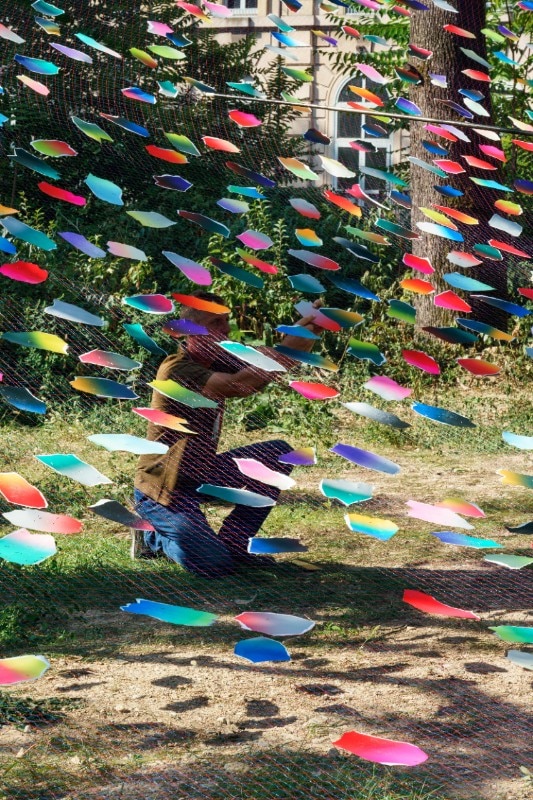
Casa delle Suore (House of the nuns)
Inside this beautiful abandoned building, welcomed by the small statue of the Virgin at the entrance, we find some of the most recognized names in the world of collectible design and functional art. First and foremost is Nilufar Gallery, which is re-proposing the Brassless exhibition – part of Studio Vedèt’s FAR curatorial project for Nilufar – with works by, among others, Anna Dilja Sigurdardottir, Bram Van der Beke and Wendy An, Objects of common interest, Destroyers/Builders and Alexander Vinther, who provocatively declare the end of the use (or abuse) of brass in the world of design. Furthermore, the works of the LABINAC collective of artists and designers founded by Maria Theresa Alvez and Jimmie Durham deserved to be mentioned, for whom “the aesthetic life is a life worth living, beyond our daily patterns”.
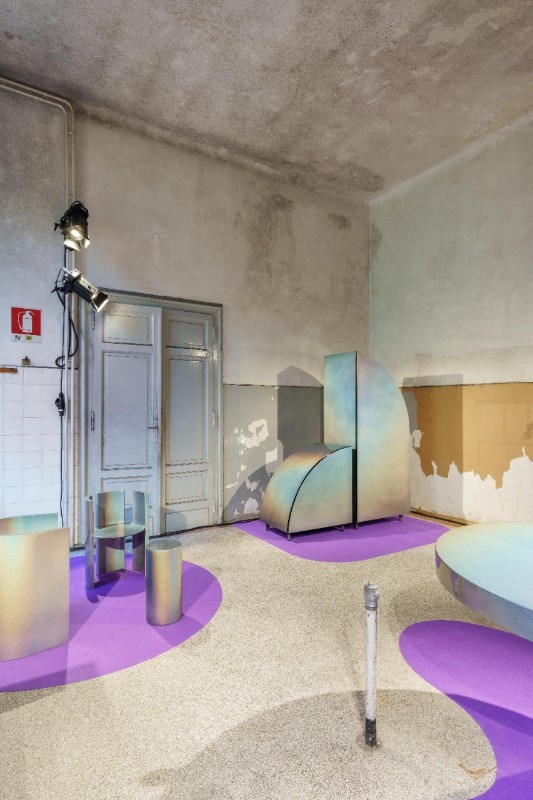
The two large terraces, completely overgrown with weeds, are respectively occupied by the projects of very young designers. On one side there are the playful tubular steel outdoor furniture (they do not heat up in the sun!) and cast glass vases by the Swedish duo Josefin Zachrisson & Mira Bergh, while on the other there is one of the most original works in the whole of Alcova, namely the plastic carpets reproducing ‘ugly’, trampled, plant-infested grass by Ignacio Subias Albert, a Spanish designer who brings his Design Academy Eindhoven thesis project to Alcova. Subias Albert denounces the contradictions in our relationship with nature, starting with the most fake ‘natural’ product there is: the lawn. His work is a hilarious short-circuit, which took him four months of uninterrupted painstaking work to create the two carpets we see here, which when placed on the ruined floor look almost like a joke. Last but not least, the installation by American designer Lindsey Adelman makes us see the world of lighting with different eyes: a plunge into a parallel world made of mysterious alphabets, blown and cast glass, brass chains, painstaking techniques for immersing light sources in glass. A good way to get out of the usual schemes.
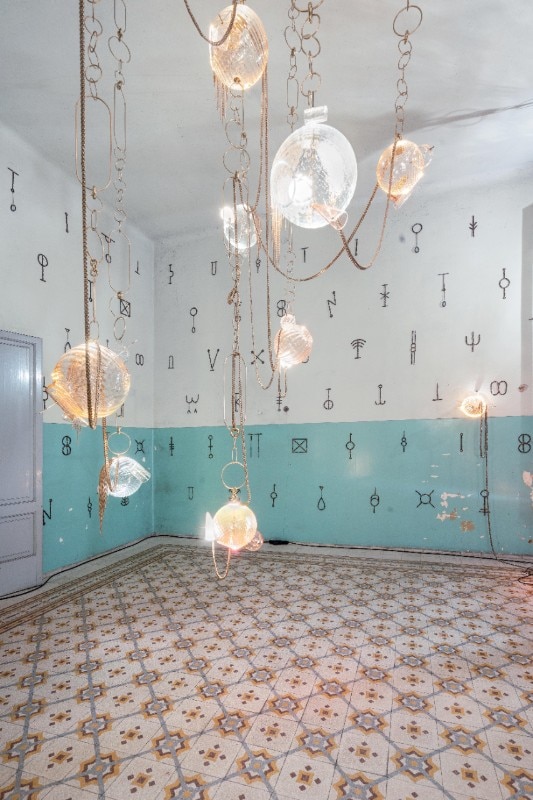
Lavanderia (Laundry)
Where once sisters used to sanitise clothes, we find the two best setting-ups in the classical sense of the word. On the top floor, students from Head Genève’s Master of Arts and Interior Architecture programme, led by India Mahdavi, bring a two-year interior design project that deconstructs an iconic reference: the interior of the Korova Milk Bar seen in the film A Clockwork Orange. Here you can enjoy a vegetable and orange flavoured milk. In addition, in the Lavanderia another exhibition of young people promoted by Swiss Arts Culture Pro Helvetia is presented, whose works were also featured in the Lost Graduation Show at the fair. The ten emerging Swiss designers’ studios explore burning issues in the medical, hospitality and technology sectors: from a portable baby incubator for war zones to biodegradable medical uniforms. Turning instead to craftsmanship, the Trame exhibition recovers ancient Mediterranean knowledge: from Calabrian ceramic masks by Giovanni De Francesco and Objects of common interest to Maddalena Casadei’s carpets.
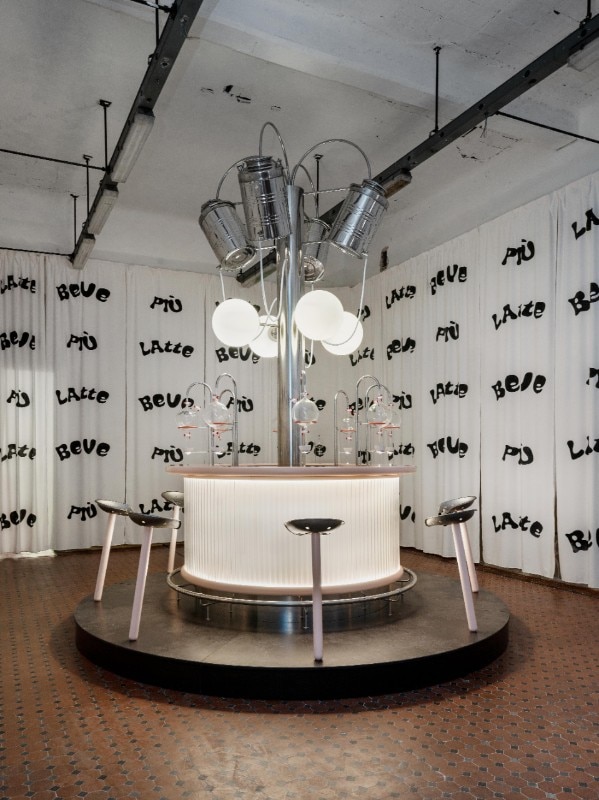
Tempio (Temple)
Here, the Spanish of MUT design studio celebrate the studio’s first decade with an exhibition of furnishings and furniture that have made a bit of design history in recent years. Carwan Gallery never fails and presents the organic lamps of Swiss studio Hot Wire Extensions, which reuse the scraps of nylon powder from 3D printing combined with sand to create objects using an original technique. A nickel-chromium wire is placed in a jigger pot and filled with the agglomerates, after that, an electric current is passed through the wire, causing it to heat up and hardening the mixture around it. Russian designer Andrey Budko amuses us with felt rugs in the shape of bears and other mythological animals in which he has embroidered the new contemporary textures of leopard print, tattoos and military camouflage using high-tech technology.
- Venue:
- Alcova
- Curators:
- Space Caviar e Studio Vedèt
- Address:
- via Saint Bon 1, Metro Inganni
- When:
- 4 - 12 settembre

